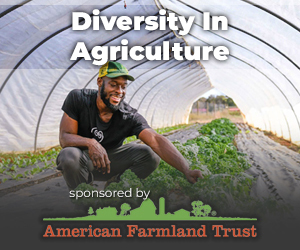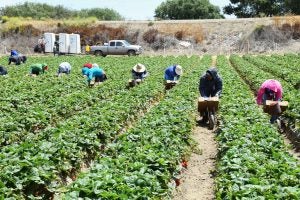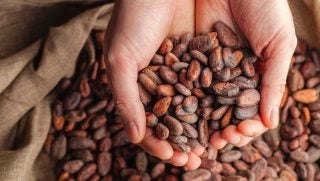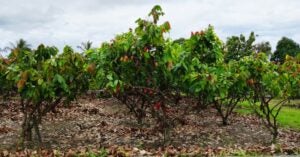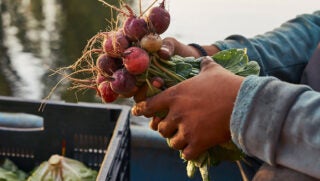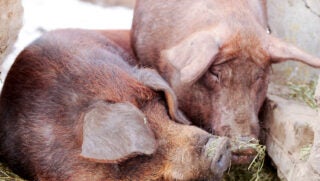The Farm Credit Foundation for Agricultural Advancement recently awarded a total of $315,000 in scholarships to 39 students. The scholarships — valued at $5,000, $7,500 or $10,000 — are awarded based on each individual’s commitment to academics and leadership, and aid in their pursuit of a career in the agriculture industry.
“We are thrilled to award these outstanding young individuals with scholarships to help make their dreams a reality and support their further education as they prepare for exciting careers in agriculture,” says Travis Hastings, Chair of the Farm Credit Foundation for Agricultural Advancement. “Investing in the future generation of agriculturalists is vital to ensuring the industry continues to thrive, and we look forward to seeing the positive impact these exceptional individuals make on agriculture.”
The Foundation, funded by Horizon Farm Credit, was established in 2015 to make positive impacts in agriculture, and serves Horizon Farm Credit’s 100 county territory in Delaware, Pennsylvania, and parts of Maryland, Virginia, and West Virginia.
The scholarship program offers awards to high school seniors or those currently enrolled in a two- or four-year higher education program, with plans to pursue a career in agriculture.
The 2024 scholarship recipients include:
- Alana Alexander-Giles of Marriottsville, Maryland
- Shalelyn Armstrong of Port Royal, Pennsylvania
- Cheyenne Bastian-Brown of Ralston, Pennsylvania
- Brooke Beamesderfer of Annville, Pennsylvania
- Michael Berger of Weatherly, Pennsylvania
- Chloe Bomgardner of Jonestown, Pennsylvania
- Dalena Bryant of Frederick, Maryland
- Jaclyn Bryant of Frederick, Maryland
- Brielle Carter of Harrington, Delaware
- Edwina Chen of Newark, Delaware
- Andrea Clark of Newport, Pennsylvania
- Kaitlyn Collins of Clayton, Delaware
- Charles Colvin V of Malvern, Pennsylvania
- Sam Curley of Mount Airy, Maryland
- Sarah Diehl of McVeytown, Pennsylvania
- Peyton Dugan of Shepherdstown, West Virginia
- Avery Dull of Westminster, Maryland
- Peyton Easton of Dover, Delaware
- Alex Empet of Kingsley, Pennsylvania
- Ava Esterly of Pottstown, Pennsylvania
- Hayden Fox of North East, Pennsylvania
- Darcy Heltzel of Martinsburg, Pennsylvania
- Georgia Horosky of St. Peters, Pennsylvania
- Natalie Hummell of Macungie, Pennsylvania
- Avery Kerrick of Greenwood, Delaware
- Kennah Kerns of Clearbrook, Virginia
- Ashlynn Kidwell of Sykesville, Maryland
- Sarah Lasko of Conneaut Lake, Pennsylvania
- Cody Lehman of Nescopeck, Pennsylvania
- Carly Lindley of Frederick, Maryland
- Luke Michaud of Smyrna, Delaware
- Brock O’Day of Seaford, Delaware
- Tate Ondrik of New Market, Maryland
- Breann Poole of Mt. Pleasant, Pennsylvania
- Hannah Uhlman of Exton, Pennsylvania
- Ella Vandervort of Townsend, Delaware
- McKenna Vest of Clayton, Delaware
- Faith Wolfe of Centre Hall, Pennsylvania
- Kelsey Zepp of New Windsor, Maryland
Applications for the 2025 scholarship program will open later in 2024, and eligible students are encouraged to apply. Scholarship funds are available for students within Horizon Farm Credit’s 100-county footprint or Washington, D.C. Applicants must be pursuing careers in agriculture and enrolled in a two or four-year educational program at a college or university or students currently enrolled in a technical school. For more information about the scholarship and the Foundation, visit fcfoundationforag.org.



